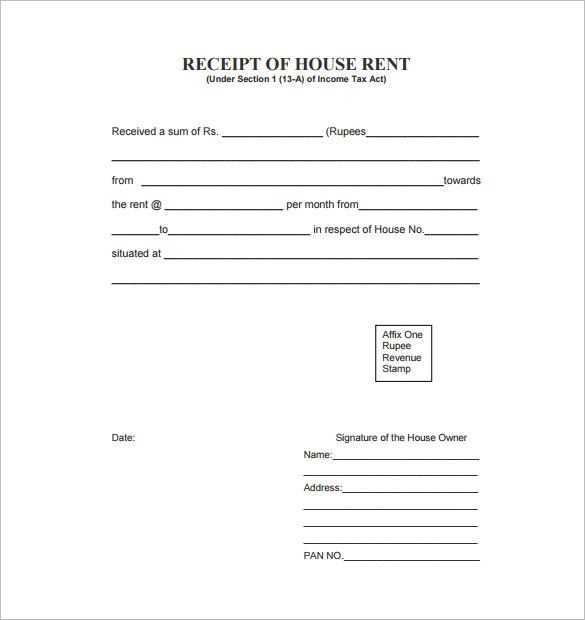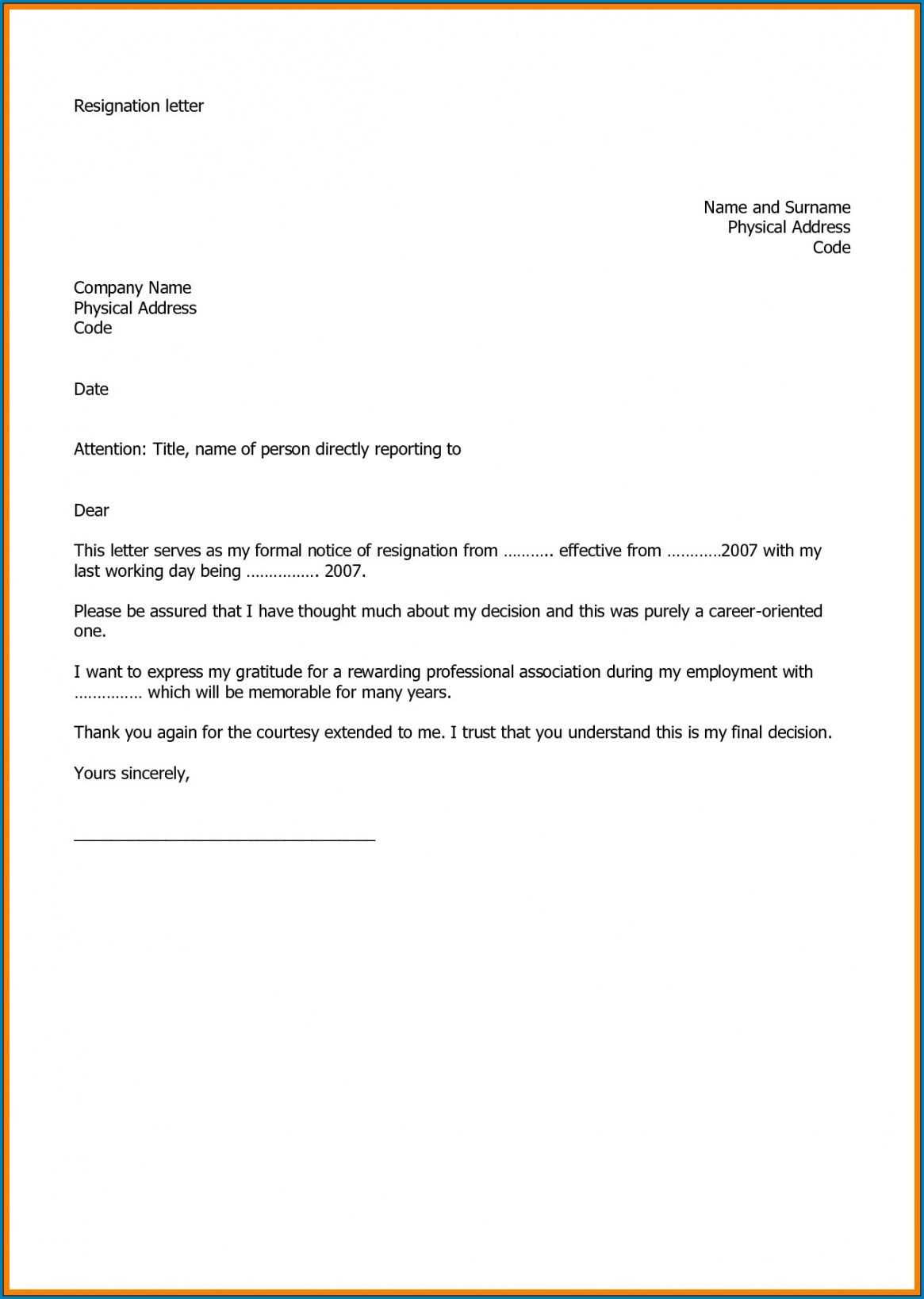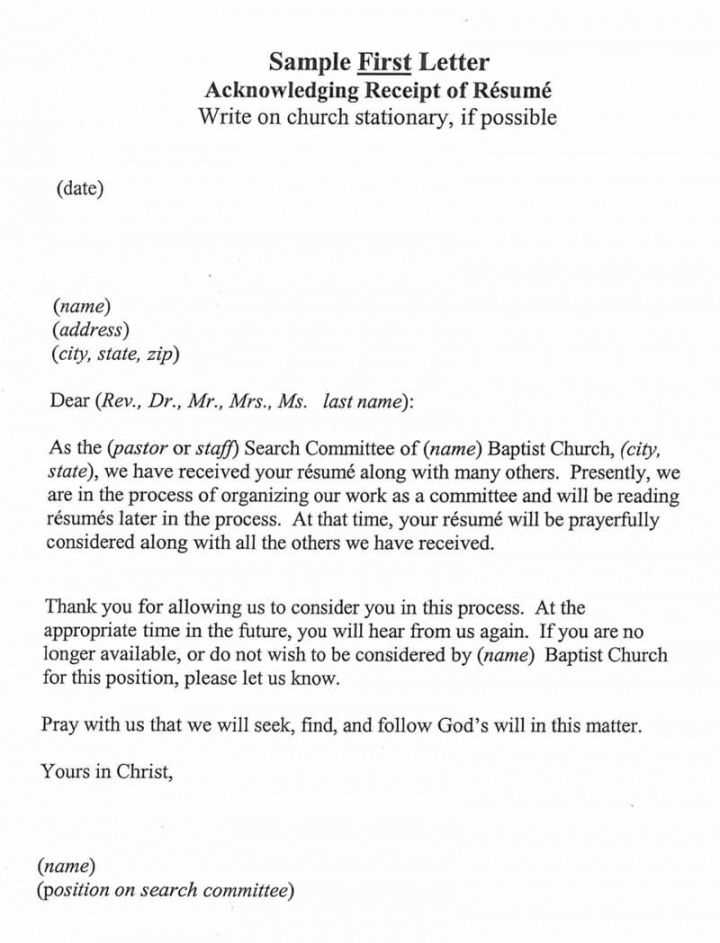
To request a receipt from a client, craft a direct, polite, and clear letter that outlines the necessary details. Begin by addressing the recipient formally and including their relevant information for reference. Mention the specific transaction or service for which the receipt is requested, ensuring that both parties understand the context.
State the reason for requesting the receipt and mention any deadline or urgency if applicable. Be precise about what you need, whether it’s an electronic copy, a physical document, or specific details on the receipt, such as the date, amount, or description of services. This minimizes confusion and helps speed up the process.
Include your contact information in case the client needs to follow up or require further clarification. Close the letter with a polite expression of gratitude for their prompt attention to the matter, maintaining a professional yet approachable tone.
Requesting Receipts from Client Letter Template
Clearly outline your request for receipts in a concise and polite manner. Start by addressing the recipient professionally and explaining the need for the receipt. Specify the details, such as the transaction date, amount, and purpose, to help the client identify the receipt. Provide a deadline for receiving the document, allowing sufficient time but ensuring it is not too far in the future. If applicable, mention how the receipt will be used, such as for accounting or reimbursement purposes, to help the client understand the context.
Consider offering multiple options for submitting the receipt, whether by email, physical mail, or uploading it to a shared platform. If the client needs further clarification, encourage them to reach out for assistance. Be courteous, acknowledging the client’s time and effort in fulfilling your request. Finish by thanking them for their cooperation and expressing appreciation for their prompt attention to the matter.
How to Structure a Formal Request for Receipts
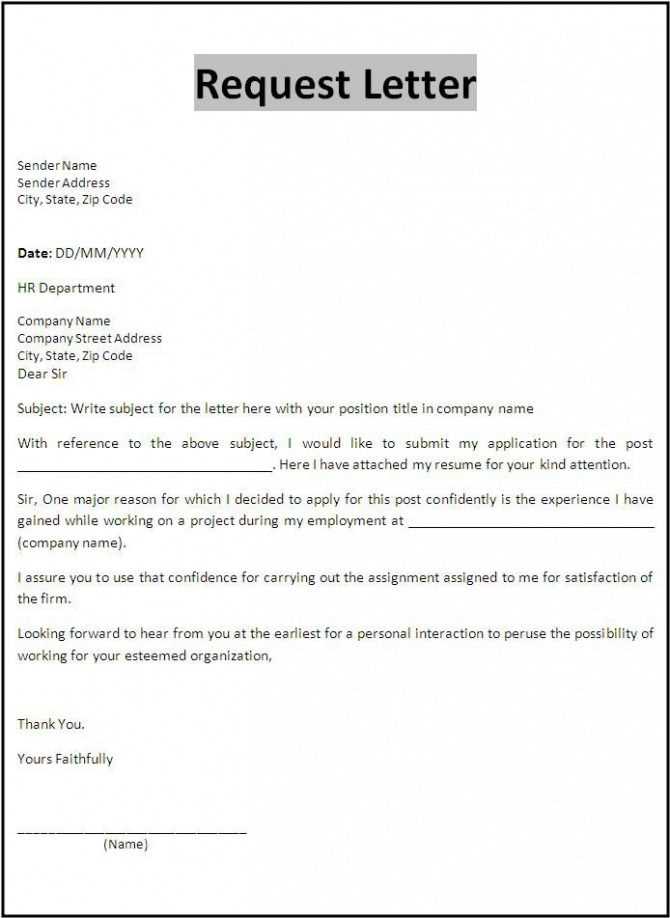
Begin with a clear and polite greeting. Address the recipient by their name or title if known, ensuring the tone is courteous yet direct.
State the Purpose
In the first paragraph, explain the reason for your request. Specify that you are requesting receipts for a particular transaction or service, providing relevant details like dates, amounts, or invoice numbers.
Provide Supporting Information
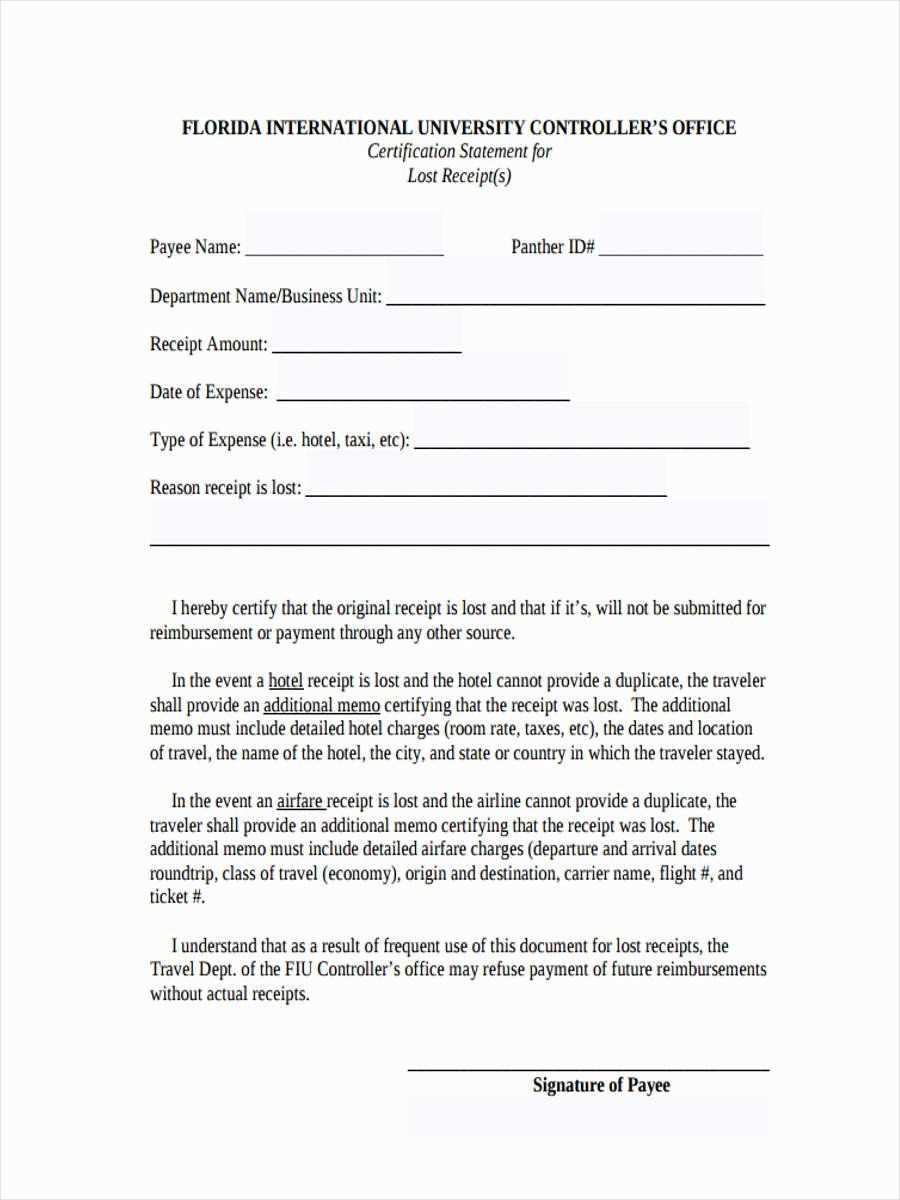
- Include any reference numbers that may help the recipient locate the receipts quickly.
- Specify any deadlines for receiving the documents if applicable.
- Offer any additional details to help clarify your request, such as order or customer information.
Conclude with a polite request, inviting the recipient to contact you if they need further clarification or additional details to process your request.
Key Information to Include in a Receipt Request Letter

Be direct and clear about what you need. Start by providing your full name and contact information. This ensures the recipient can identify your request easily. Specify the transaction details, including the date of the purchase or service, the amount paid, and the method of payment.
Describe the purpose of the receipt request. State whether it’s for tax purposes, reimbursement, or another reason. This helps the recipient understand the context and urgency of your request.
If applicable, mention any reference numbers, such as an order or invoice number. This will help locate the specific transaction faster.
Clarify your preferred method for receiving the receipt, whether by email, mail, or another form. Be sure to include any necessary details like your email address or mailing address.
Thank the recipient for their attention to the matter and express appreciation in advance. A polite conclusion shows professionalism and encourages timely action.
Common Mistakes to Avoid When Requesting Receipts
Do not request a receipt without specifying the details. Always include relevant information, such as the date of the transaction, the amount, and the specific items or services purchased. This helps avoid confusion and ensures you get the correct documentation.
Overlooking the Method of Receipt
When requesting a receipt, make sure you clearly mention your preferred format. Whether it’s digital or paper, specifying this upfront can prevent delays or the need for follow-up requests. This detail streamlines the process and helps maintain accurate records.
Failing to Follow Up
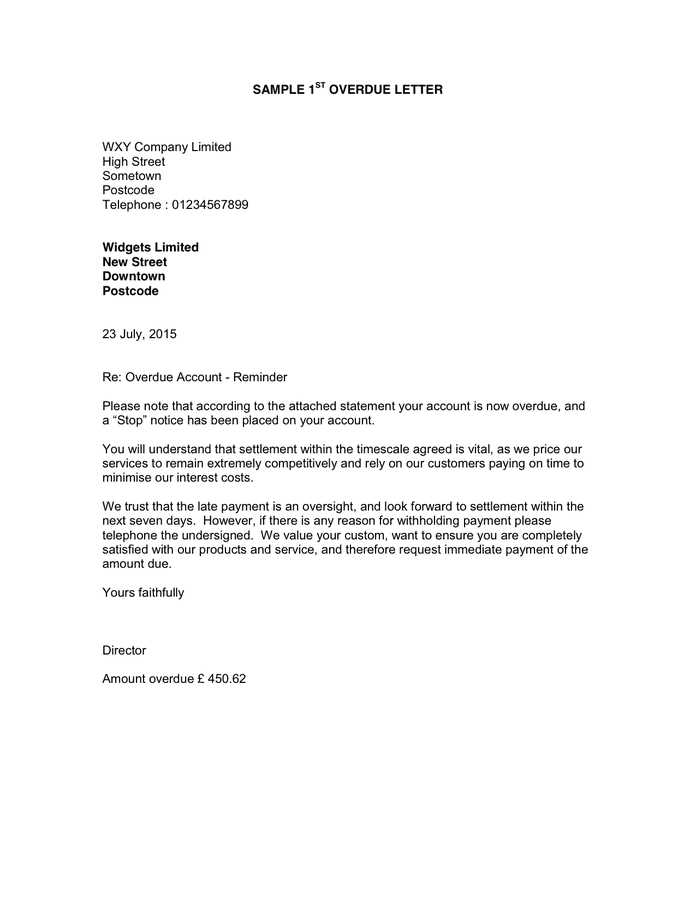
In some cases, clients may forget to send the receipt. If you don’t receive it in a reasonable time frame, don’t hesitate to follow up. A polite reminder ensures the process stays on track, preventing unnecessary gaps in documentation.
